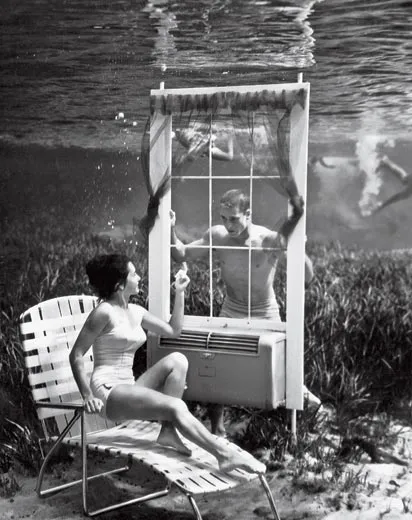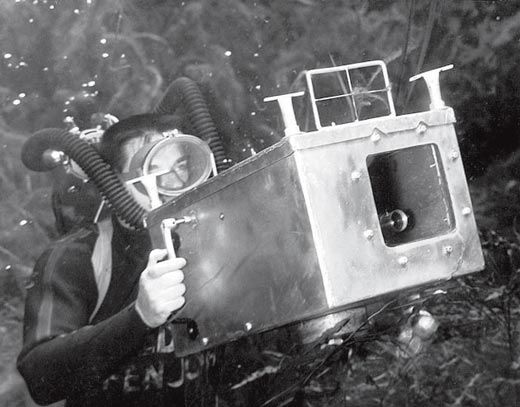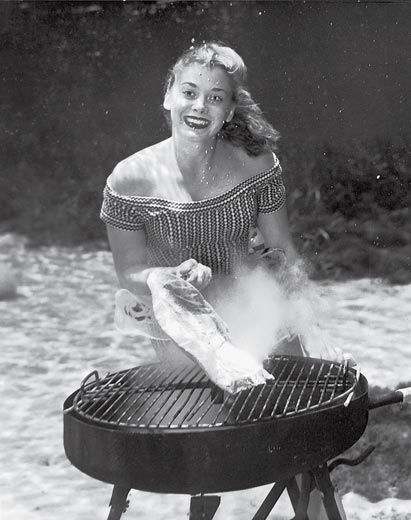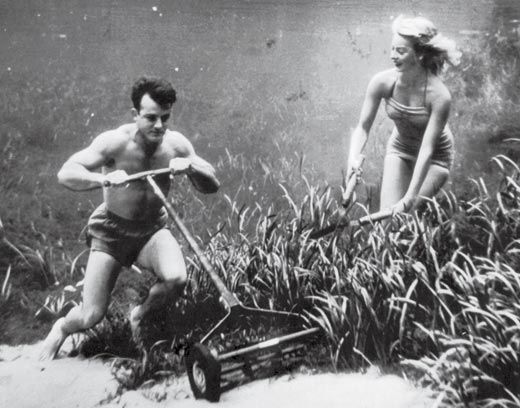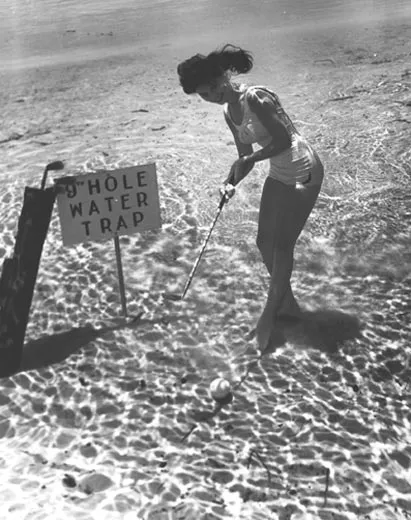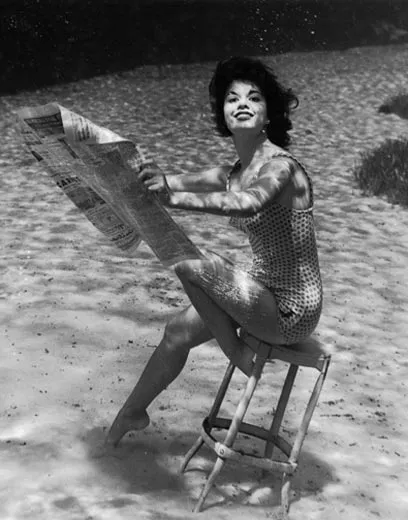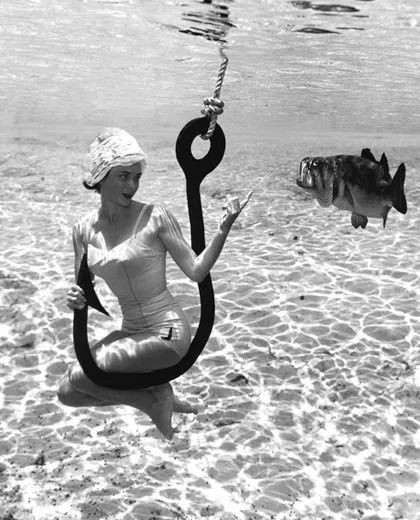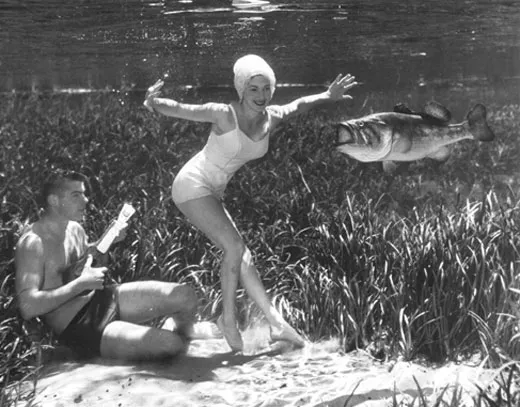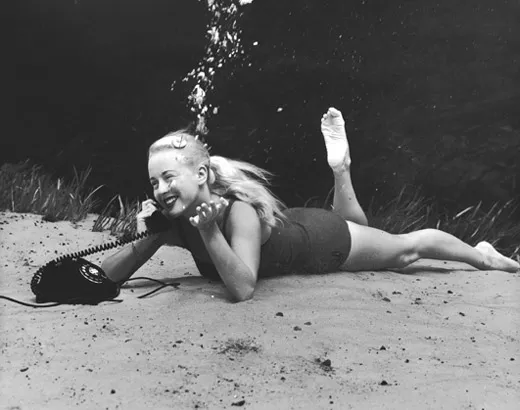The Life Aquatic with Bruce Mozert
When the photographer gazed into the crystalline waters of Silver Springs, Florida, in 1938, he saw nothing but possibilities
Central Florida has many clear springs, but in the 19th century, Silver Springs also had location, location, location: connected to the outside world by the Silver, Ocklawaha and St. Johns rivers. After the Civil War, steamship-borne tourists including the likes of President Ulysses S. Grant and Harriet Beecher Stowe would flock to the springs to marvel at the sight of aquatic life seemingly suspended in space. Through the first few decades of the 20th century, whether they came by rail or by car, tourists continued to go to Silver Springs. But by the 1930s, the place needed a new image—or images—to keep them coming. For almost half a century, Bruce Mozert supplied those images.
Mozert was born in Newark, Ohio, in 1916 and followed his sister Zoë to New York City in the mid-'30s; she became a renowned pinup artist, he a photographer. On his way to an assignment in Miami in 1938, he detoured to Silver Springs because he'd heard that Johnny Weissmuller was filming one of his Tarzan movies there. Mozert says that when he stuck out his hand to shake Weissmuller's, the former Olympian responded by hoisting him in the air. Eventually, the movie star left; Mozert stayed.
He likes to say that he "took to photography like a duck takes to water." But "like a fish" might be closer to the mark. At Silver Springs, Mozert pioneered underwater photography, building waterproof housings that allowed him to go deep with a camera in hand. For some 45 years (except for service with the Army Air Forces during World War II), he created scenes of people—comely young women, for the most part—talking on the phone, playing golf, reading the newspaper...underwater, all the better to show off the wondrous clarity of Silver Springs' waters.
"Everything has a picture in it, a sellable picture," Mozert says. "All you got to do is use your imagination." To create bubbles in a champagne flute, he would stick some dry ice or Alka-Seltzer in the glass; to simulate smoke rising from a grill, he used canned condensed milk. "The fat in the milk would cause it to rise, creating ‘smoke' for a long time," he says. With his meticulous production values and surreal vision, Mozert cast Silver Springs in a light perfectly suited to postwar America—part "Leave It to Beaver" and part "The Twilight Zone." His images anchored a national publicity campaign for the springs from the 1940s through the '70s; competing against water-skiing shows, dancing porpoises, leaping whales and hungry alligators, Silver Springs remained one of Florida's premier attractions, the Disney World of its day. Then, in 1971, came Disney World.
It's hard to compete with the corporate colossus 90 miles south, but Silver Springs is still in business. So is Bruce Mozert. Almost every day he drives the 11 miles between his Ocala home and his studio near the springs, where he mainly digitizes customers' home movies. In 2004, he published a calendar featuring his work—photographs of young women posing under preternaturally clear water. He also takes the occasional commission for aerial photographs; at 91, he pilots the plane himself.
Gary Monroe wrote Silver Springs: The Underwater Photographs of Bruce Mozert, published in April.
Planning Your Next Trip?
Explore great travel deals
Smithsonian magazine participates in affiliate link advertising programs. If you purchase an item through these links, we receive a commission.
